#dynasty: ming dynasty
Explore tagged Tumblr posts
Text
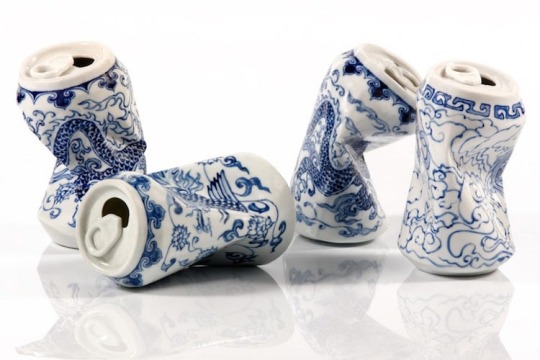


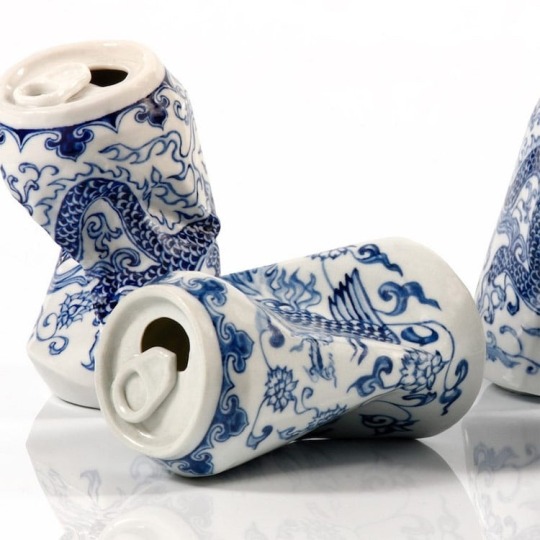
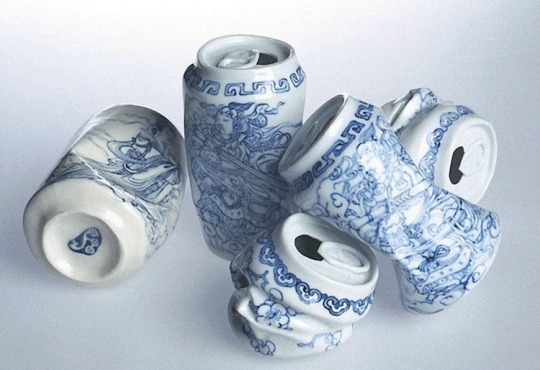
Lei Xue: 'Drinking Tea' (2009)
Smashed Cans Sculpted and Hand Painted in the Traditional Style of Ming Dynasty Porcelain.
43K notes
·
View notes
Text

Pov: Northern Consort Shang Qinghua absolutely obliterates you during a council meeting (You can't do anything about it because King Mobei-Jun think's it's hot)
Anyway, hmm, I've been getting in touch with my inner Shen Yuan lately and thinking about silly books I like, so here are some notes about clothes in PIDW and SVSSS if you care to read:
I've been separating realm aesthetics in PIDW by Chinese dynasties, so Shang Qinghua's clothes are based on Ming and Qing dynasty aesthetics! Mostly because their winter clothes fuck lots I love them.
Nail guards! I think he wears them so he won't chew on them.
All his furs are hunted by Mobei-Jun personally.
Shang Qinghua is a very practical consort, honestly, compared to cucumber-bro he's taking to wearing almost no jewelry. It's more than he wore in his peak lord days, though, lol.
#shang qinghua#svsss#scum villian self saving system#scum villain#mobei jun#moshang#my art#digital art#art#fanart#scum villain fanart#chinese hanfu#hanfu accessories#nail guards#ming dynasty
4K notes
·
View notes
Text
(Don't let the semi-nude man scare you, he gets dressed 😅) Layers of men's Ming Dynasty work wear for court. The different colours depict different ranks in position.
Src: 夏友宝
http://xhslink.com/a/Sy7bpWh7VoF4
#hanfu#汉服#中国#chinese hanfu#china#clothing#fashion#historical clothing#history#culture#明朝#ming dynasty#men's hanfu#男性汉服
544 notes
·
View notes
Text









Old Chinese houses are an inexhaustible creative space in terms of wooden interiors. To me, something alike is associated with childhood memories of a countryside house in Zhejiang.
Photo: ©遗产君
#ancient china#chinese culture#chinese history#chinese architecture#ming dynasty#qing dynasty#old china#chinese customs#wooden architecture#wooden buildings#wooden interior#vintage interior#interiors#interior design#interior architecture#interior#interior decor#interior inspiration#woodworking#wood carving
1K notes
·
View notes
Text
Dressing up trends for Chinese netizens visiting the Forbidden City
Chinese hanfu in the style of Ming dynasty and Qizhuang in the style of Qing dynasty (can you tell the difference)






























#china#fashion#chinese fashion#hanfu#qizhuang#cnetizens wearing ming dynasty hanfu be like 我们今天去故宫反清复明 lol
455 notes
·
View notes
Text


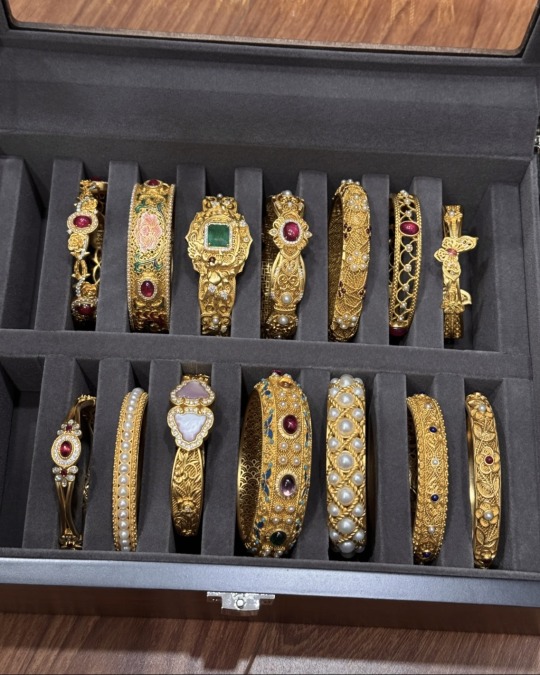

Traditional Chinese gold bracelets. Made using an ancient craftsmanship “filigree inlay” 花丝手镯
Beijing and Hebei filigree inlay techniques were historically the most famous and renowned in the industry.
Examples of Chinese bracelets from the Ming and Qing dynasties (1368-1644 and 1644-1912 respectively).

#china#chinese heritage#chinese culture#chinese#people’s republic of china#Jewelry#chinese architecture#Beijing#chinese history#Chinese jewelry#chinese gold#gold#bracelets#Ming dynasty#Chinese crafts#qing Dynasty#history#artifacts#Chinese artifacts#Hebei#Chinese craftsmanship#Chinese bracelets#chinese fashion#chinese art#🇨🇳#filigree inlay#golden bracelets#gold bracelets#gold jewelry#craftmanship
562 notes
·
View notes
Text
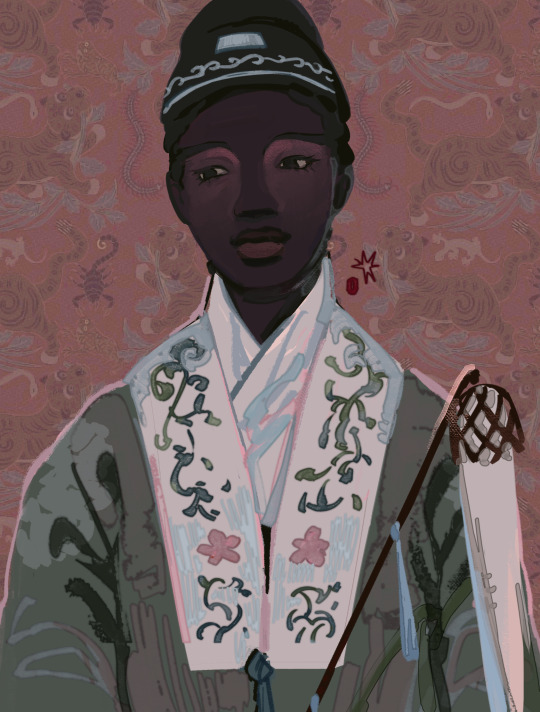
#yix gallery#digital art#ancient china#chinese eunuch#hanfu art#chinese art#ming dynasty#peking opera#kyu
1K notes
·
View notes
Text
They are 10 moves ahead of you. You trip on a loose cobblestone - somehow this is part of their 25-step plan that ends with the destruction of their enemies (some collatoral damage included). You should never attend a party with them (unless that's what they want you to think...)
I didn't say a name, but you thought it, right?
#cdrama poll#poll#romance of the three kingdoms#nirvana in fire#qi ye#the rise of phoenixes#joy of life#the princess royal#devil venerable also wants to know#world of cultivation#advisor's alliance#sleuth of the ming dynasty#oh my general
309 notes
·
View notes
Text
After passing peer review here is my drama recommendation tool

Maybe I will update it in the future but for now I am happy to have watched enough good dramas to make it.
#nirvana in fire#mysterious lotus casebook#word of honor#a league of nobleman#love and redemption#a couple of mirrors#love between fairy and devil#heroes 2022#the untamed#mdzs#joy of life#the sleuth of ming dynasty#ultimate note#omg not tagging all of them actually#it’s good like that
4K notes
·
View notes
Text

ming dynasty miku!! 🪷
inspired by the “brazilian miku” trend on twitter and a gorgeous outfit i discovered from an online hanfu shop! link and close-ups under the cut :)
close-ups!!



the inspiration:
#miku#hatsune miku#brazilian miku#vocaloid#rissaito#my art#2024 art#ming dynasty#china#chinese hanfu#hanfu#hanfu art#hanfu girl#aoqun#ruqun
1K notes
·
View notes
Text
chinese mamianqun by 山靖筵
3K notes
·
View notes
Text

License allowing a high ranking soldier to keep leopards, China, Ming Dynasty, 1368-1664.
"Leopard No. 1104" "This plate is to be carried by a government warrior who keeps leopards; one who fails to carry the plate will be held guilty, so will be one who lends or borrows the plate."
from The National Museum of China
435 notes
·
View notes
Text

POV: Northern power couple makes eye contact with you at a party (You're gonna be dead in 2 weeks tops.)
Ok so for the fashion notes:
Qing dynasty hanfu for both of them; though it is highly stylized, just so you know.
Mobei-jun's jewelry is more mongolian-based than anything else. Though it is referenced from chinese drama costuming so I guess it not that accurate. It does look cool though, so we're going by Airplane logic here.
The crown on Shang Qinghua is called a Fengguan, which means "Phoenix crown", it was popular throughout a lot of dynasties but mostly the Ming one.
The nail guards absolutely have incurable poisons in them, thank you kind commenter for the idea.
pearls pearls pearls Shang Qinghua is just drowning in them and his husband keeps giving him more.
Mobei-jun is wearing his Hanfu wrong, this is indecent behaviour, his tits do look good tho.
Shang Qinghua is wearing those fabulous looking Qing Dynasty heels, he's short as fuck actually.
I have a massive headache please be nice to me abt this
#artists on tumblr#digital art#art#my art#fanart#svsss#scum villian self saving system#scum villain fanart#scum villain#moshang#shang qinghua#mobei jun#hanfu#chinese hanfu#hanfu accessories#qing dynasty#ming dynasty
3K notes
·
View notes
Text
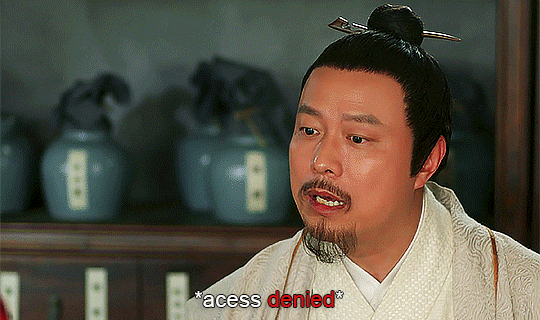
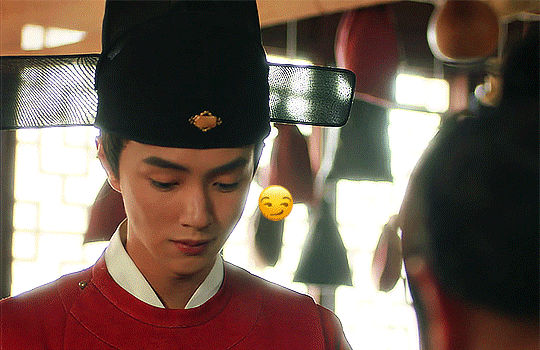
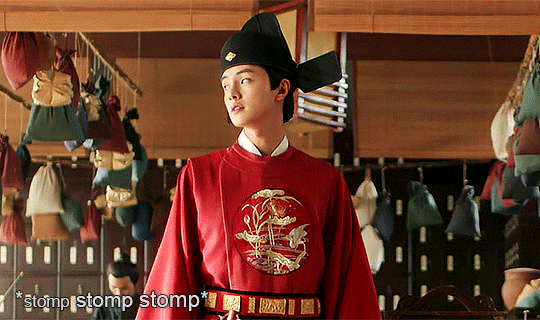
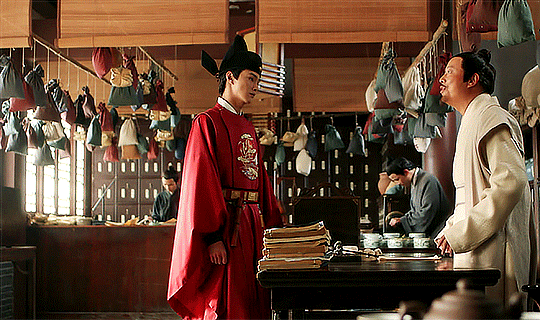
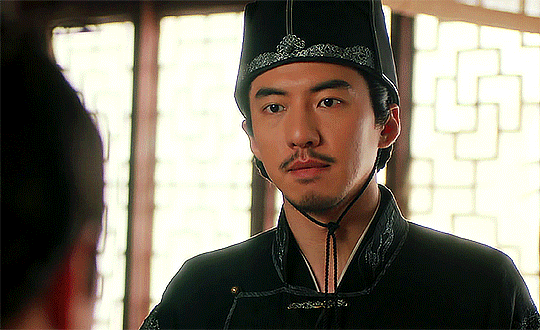
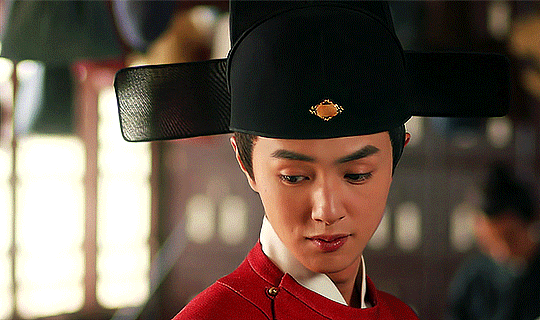
who could deny runqing anything tbh?
@asiandramanet creator bingo - lgbtq+ rep
#the sleuth of ming dynasty#成化十四年#cdramagifs#suitang#tsomd#darren chen#fu mengbo#asiandramanet#asiandramaedit#cdramaedit#dailyasiandramas#noonas gifs#noonas tsomd
513 notes
·
View notes
Text

900 Artifacts From Ming Dynasty Shipwrecks Found in South China Sea
The trove of objects—including pottery, porcelain, shells and coins—was found roughly a mile below the surface.
Underwater archaeologists in China have recovered more than 900 artifacts from two merchant vessels that sank to the bottom of the South China Sea during the Ming dynasty.
The ships are located roughly a mile below the surface some 93 miles southeast of the island of Hainan, reports the South China Morning Post’s Kamun Lai. They are situated about 14 miles apart from one another.


During three phases over the past year, researchers hauled up 890 objects from the first vessel, including copper coins, pottery and porcelain, according to a statement from China’s National Cultural Heritage Administration (NCHA). That’s just a small fraction of the more than 10,000 items found at the site. Archaeologists suspect the vessel was transporting porcelain from Jingdezhen, China, when it sank.
The team recovered 38 items from the second ship, including shells, deer antlers, porcelain, pottery and ebony logs that likely originated from somewhere in the Indian Ocean.
Archaeologists think the ships operated during different parts of the Ming dynasty, which lasted from 1368 to 1644.

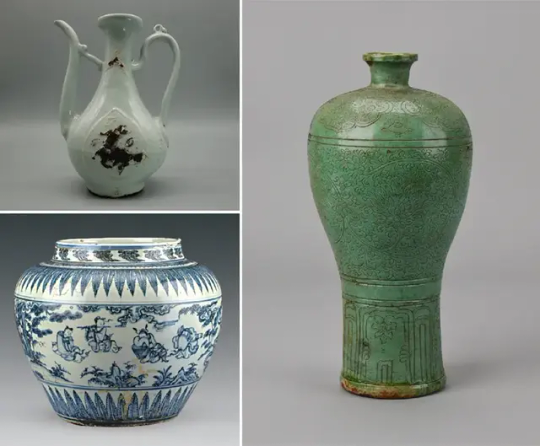
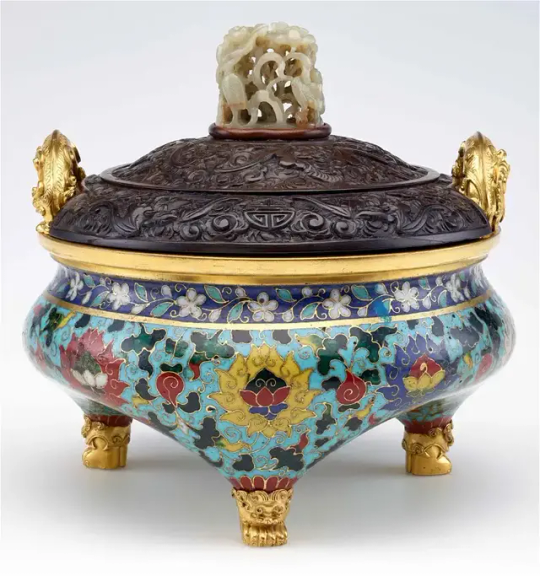
Many of the artifacts came from the Zhengde period of the Ming dynasty, which spanned 1505 to 1521. But others may be older, dating back to the time of Emperor Hongzhi, who reigned from 1487 to 1505, as Chris Oberholtz reported last year.
Archaeologists used manned and unmanned submersibles to collect the artifacts and gather sediment samples from the sea floor. They also documented the wreck sites with high-definition underwater cameras and a 3D laser scanner.
The project was a collaboration between the National Center for Archaeology, the Chinese Academy of Science and a museum in Hainan.
“The discovery provides evidence that Chinese ancestors developed, utilized and traveled to and from the South China Sea, with the two shipwrecks serving as important witnesses to trade and cultural exchanges along the ancient Maritime Silk Road,” says Guan Qiang, deputy head of the NCHA, in the agency’s statement.
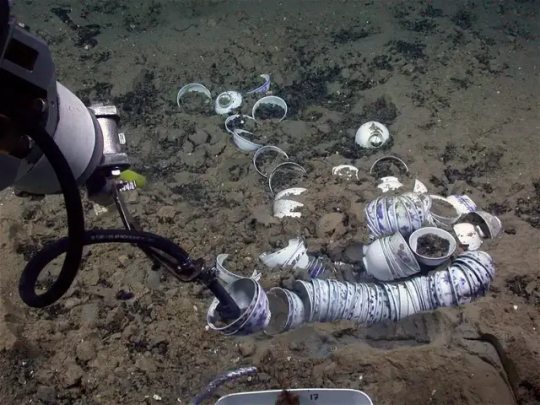

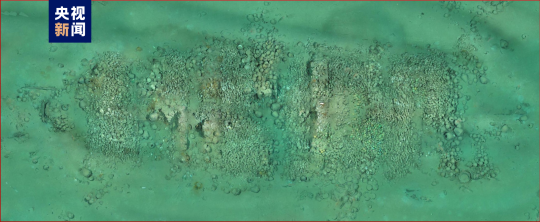
During the Ming dynasty, China’s population doubled, and the country formed vital cultural ties with the West. Ming porcelain, with its classic blue and white color scheme, became an especially popular export. China also exported silk and imported new foods, including peanuts and sweet potatoes.
The period had its own distinctive artistic aesthetic. As the Smithsonian’s National Museum of Asian Art writes, “Palace painters excelled in religious themes, moralizing narrative subjects, auspicious bird-and-flower motifs and large-scale landscape compositions.”
The shipwreck treasures aren’t the only recent discoveries in the South China Sea, according to CBS News’ Stephen Smith. Just last month, officials announced the discovery of a World War II-era American Navy submarine off the Philippine island of Luzon.
By Sarah Kuta.




#900 Artifacts From Ming Dynasty Shipwrecks Found in South China Sea#island of Hainan#Ming dynasty#shipwreck#ancient artifacts#archeology#archeolgst#history#history news#ancient history#ancient culture#ancient civilizations#ancient china#chinese history#chinese art#ancient art
998 notes
·
View notes
Text


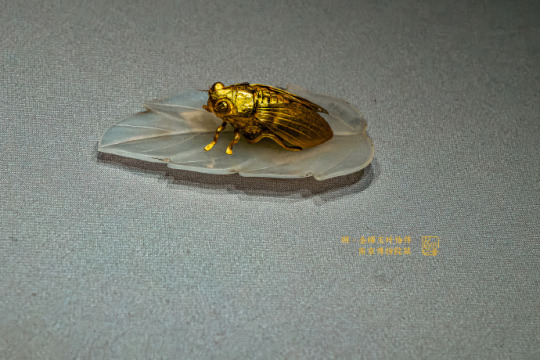
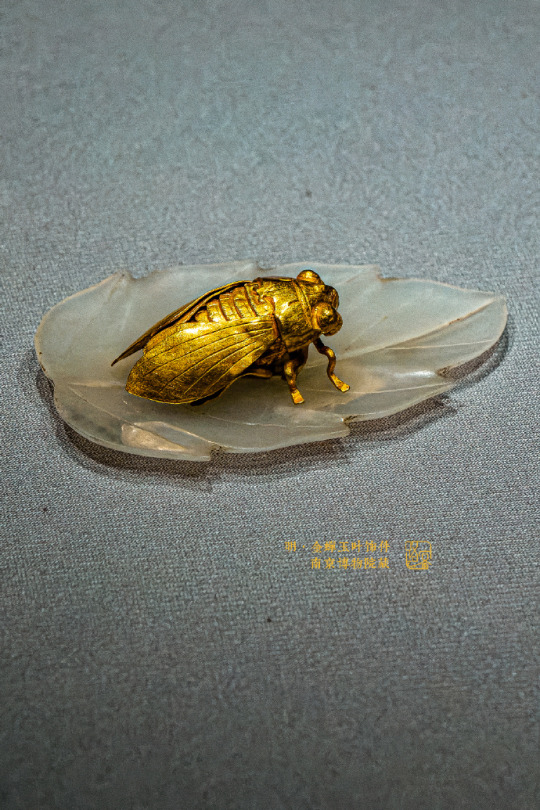
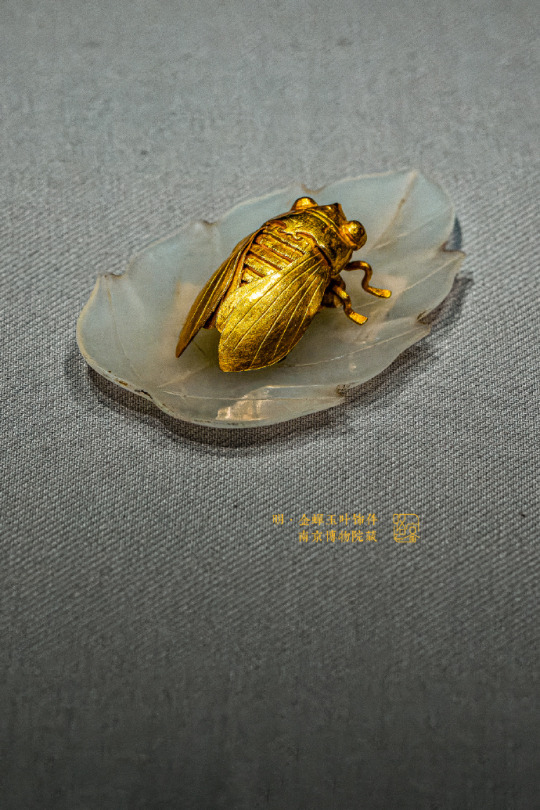
Nature Inspired: Golden Cicada Resting On a Jade Leaf
Exquisite ornament of the Ming dynasty.
Total weight of the insect figurine, made of 95% pure gold, is 4.65 g. The thickness of the finely crafted wings is only 2 mm.
Unearthed in Boshiwu (博士塢), Wufeng Mountain, Suzhou. Now exhibited in Nanjing Museum (南京博物院).
Photo: ©南京博物院
#ancient china#chinese culture#chinese art#ming dynasty#antique jewelry#chinese jewelry#jewelry design#jewelry#ancient jewelry#gold#chinese miniatures#miniature#miniature sculpture#miniature art#jade#jadeite#nephrite#carved#cicada#bug#insects#beetle#leaf art
1K notes
·
View notes